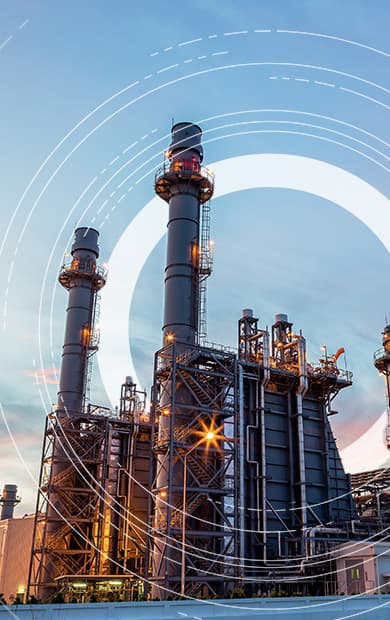Overview
The global light olefins market is made up of ethylene and propylene monomers. These product markets can be affected by a great many factors.
Ethylene is the most widely used commodity chemical and is produced globally in all major regions. It is converted into many products used in daily life like plastic packaging, durable goods, hygiene products and other consumer items. The ethylene market is driven primarily by regions of low production cost and regions of high demand growth. Polyethylene, ethylene’s largest derivative, represents about 65pc of global ethylene demand. Anyone involved in the ethylene industry – directly or indirectly – needs market and pricing insight to anticipate supply shortages and potential swings in pricing.
Propylene is the second most widely used commodity chemical and is produced globally in all major regions. Propylene is a volatile commodity because of its predominantly co-product nature and unpredictable supply, but recently the industry has been trending to more on-purpose production. It is converted into many products used in daily life like plastic packaging, durable goods, automotive products, and woven fabrics. Polypropylene, propylene ’s largest derivative, represents about 70pc of global propylene demand. Anyone involved in the propylene industry – directly or indirectly – needs market and pricing insight to anticipate supply shortages and potential swings in pricing.
Our light olefins experts will help you determine what trends to track and how to stay competitive in today’s ever-changing global market.
Latest light olefins news
Browse the latest market moving news on the global light olefins industry.
No Results Found
Spotlight content
Browse the latest thought leadership produced by our global team of experts.



